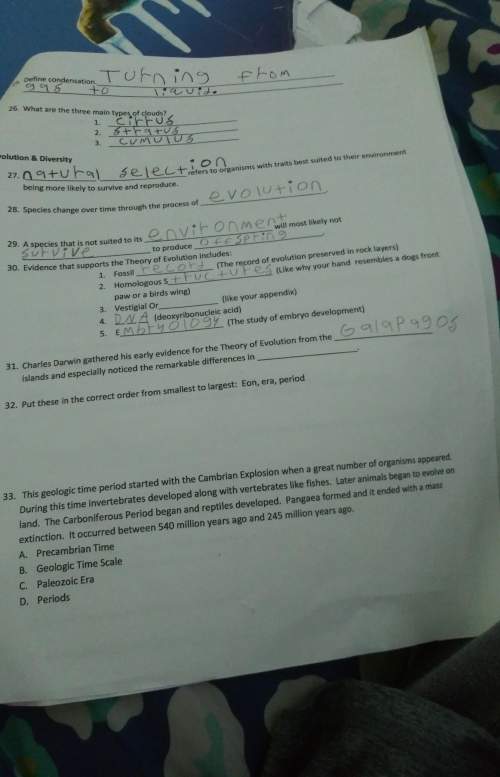
Physics, 18.12.2019 04:31, derpmuffin47
Asled of mass m is coasting on the icy surface of a frozen river. while it is passing under a bridge, a package of equal mass m is dropped straight down and lands on the sled (without causing any damage). the sled plus the added load then continue along the original line of motion. how does the kinetic energy of the (sled + load) compare with the original kinetic energy of the sled? a) it is 1/4 the original kinetic energy of the sled. b) it is 1/2 the original kinetic energy of the sled. c) it is 3/4 the original kinetic energy of the sled. d) it is the same as the original kinetic energy of the sled. e) it is twice the original kinetic energy of the sled.

Answers: 3
Other questions on the subject: Physics

Physics, 21.06.2019 20:20, pamelperezz26
Ateam of astronauts is on a mission to land on and explore a large asteroid. in addition to collecting samples and performing experiments, one of their tasks is to demonstrate the concept of the escape speed by throwing rocks straight up at various initial speeds. with what minimum initial speed vesc will the rocks need to be thrown in order for them never to "fall" back to the asteroid? assume that the asteroid is approximately spherical, with an average density p 3.84 x108 g/m3 and volume v 2.17 x 1012 m3 recall that the universal gravitational constant is g 6.67 x 10-11 n m2/kg2
Answers: 2

Physics, 22.06.2019 05:30, ellycleland16
Iwill give 30 points to whoever answers ! what is the formula for actual mechanical advantage and ideal mechanical advantage?
Answers: 1

Physics, 22.06.2019 13:10, kelonmazon2492
The bar of prob. 5/82 is repeated here. the ends of the 0.4-m bar remain in contact with their re- spective support surfaces. end b has a velocity of 0.5 m/s and an acceleration of 0.3 m/s2 in the di- rections shown. determine the angular accelera- tion of the bar and the acceleration of end a.
Answers: 3

Physics, 22.06.2019 14:20, timothyashburn8
Antireflective coatings on solar cells are often made by applying a thin film of silicon nitride (sinx), which has an index of refractive of 1.2, on the top of the silicon solar cell, which has a refractive index of about 3.5. however, the sun emits radiation of various wavelengths which the solar cell absorbs, and the antireflective coating can only absolutely minimize the reflection of one of these wavelengths. the coating thickness is chosen to reduce the reflection of green/yellow light (e = 2.2 ev), which is the most intense color in the solar spectrum (shown below). which of the following coatings would minimize reflection of green/yellow light? the answer is 820 nm how? what is the angular width of the central maximum of an electron traveling at 2 x 108 m/s going through a single slit of width 1 mm.
Answers: 1
Do you know the correct answer?
Asled of mass m is coasting on the icy surface of a frozen river. while it is passing under a bridge...
Questions in other subjects:





Mathematics, 21.02.2020 01:30


Mathematics, 21.02.2020 01:30



Mathematics, 21.02.2020 01:30












